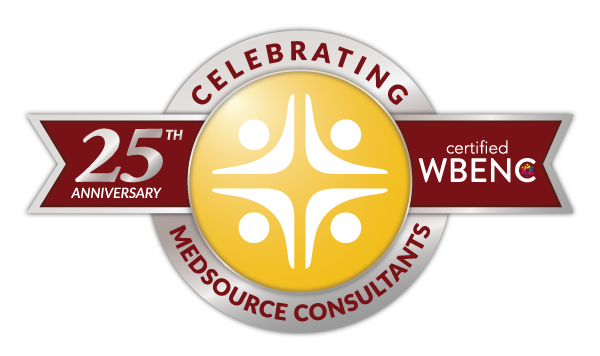The Great Resignation: How to Manage Your Hospital Workforce
Dawn Pascale

In May 2021, 3.6 million Americans quit their jobs. In June, four million people quit their jobs. By July, the phrase “The Great Resignation” made headlines, and a Gallup analysis came out showing nearly 50% of the American workforce say they’re considering the job opportunities that are out there or are actively looking. What is going on? How can hospitals manage their workforce and protect themselves from this phenomenon?
How to Take Care of Your Staff During the Great Resignation?
It’s an expected result of a global pandemic that healthcare workers experience burnout. But burnout was an issue even before COVID hit. During the pandemic, “burnout has increased to levels that pose a threat to maintaining a functioning healthcare workforce.”
This has led many healthcare workers to seek early retirement, what they perceive to be less stressful healthcare positions, or leave the field entirely. Since February 2020, nearly one in five healthcare professionals have quit their jobs, and 62% of hospitals report a nurse vacancy rate of more than 7.5%. Throughout this, workloads have increased, as has risk, making for a challenging work environment for almost everyone in the healthcare field.
The question for healthcare leadership is how to counter such a difficult environment in their facilities? The Great Resignation isn’t a myth—even in a human service industry like healthcare, people leave their jobs. Given the healthcare talent shortage, organizations must do what they can to retain their existing staff. This could include:
- Becoming as flexible as possible on work schedules. While healthcare quality is at stake, it still may be possible to allow for more flexible schedules and even work from home for back-office staff. Allowing teams more time off or working with a staffing firm to add per diem staff to help support your existing workloads could help.
- Increase your efforts to improve workplace safety. COVID variants continue to defy our best efforts, as well as a population that may or may not seek out the vaccine. Increasing your vigilance will help your staff members feel safer.
- There are also physical threats to content with. In 2018 JAMA reported healthcare and social service workers were five times more likely to experience violence than any other type of worker. During COVID the situation worsened, with 20% of nurses saying they faced workplace violence in 2020. Provide your teams with the security they need and set a zero tolerance policy with protocols for de-escalation and backup during a crisis.
- Listen to your teams. Ask them what they need. Let people know, from maintenance staff to surgeons, billers to nurses, that they matter and that you hear them. Teach your managers to work with each clinical or administrative person on their team to develop a career roadmap for their success.
Finally, consider leveraging a healthcare staffing agency like MedSource Consultants to help your healthcare facility develop a robust pipeline of talent to keep your organization running smoothly.
Consider us a resource to help shore up your facility during The Great Resignation—and beyond.
